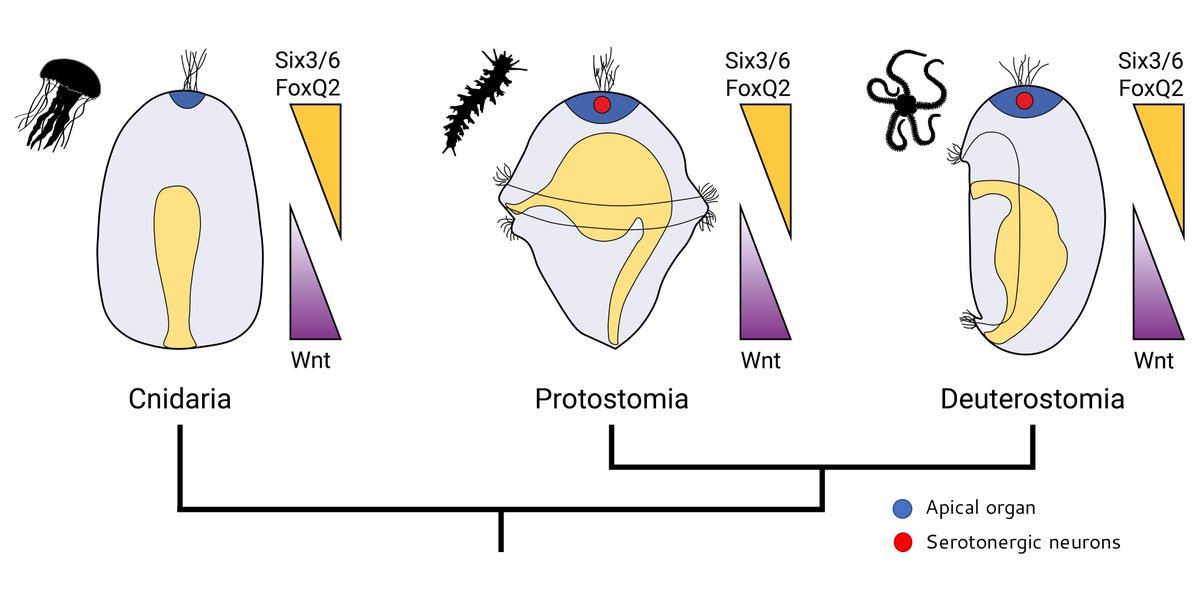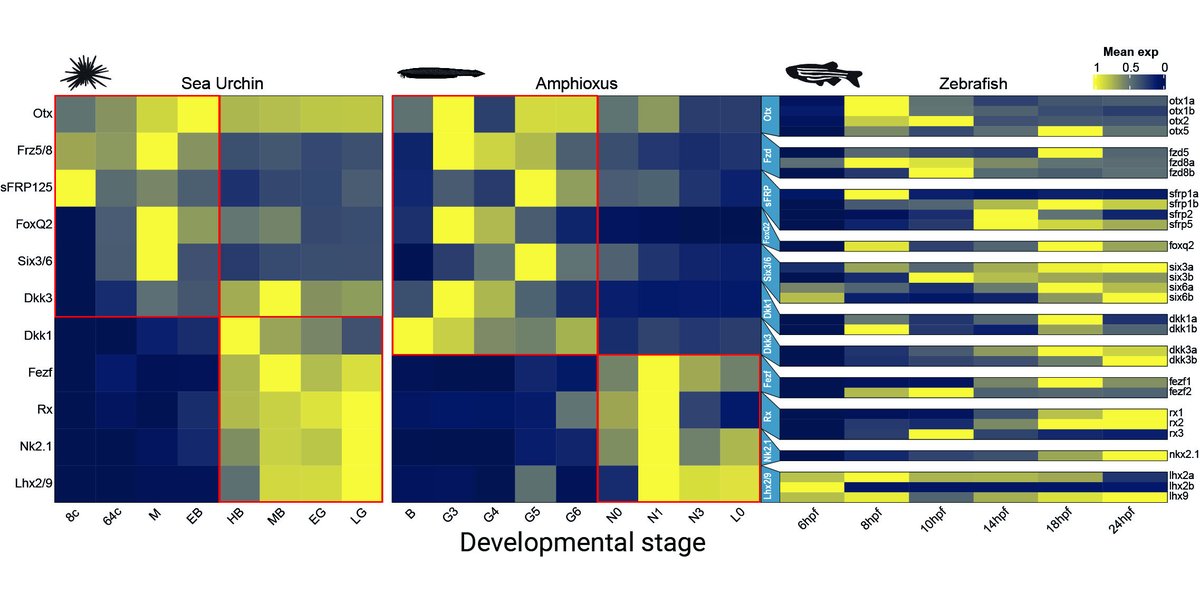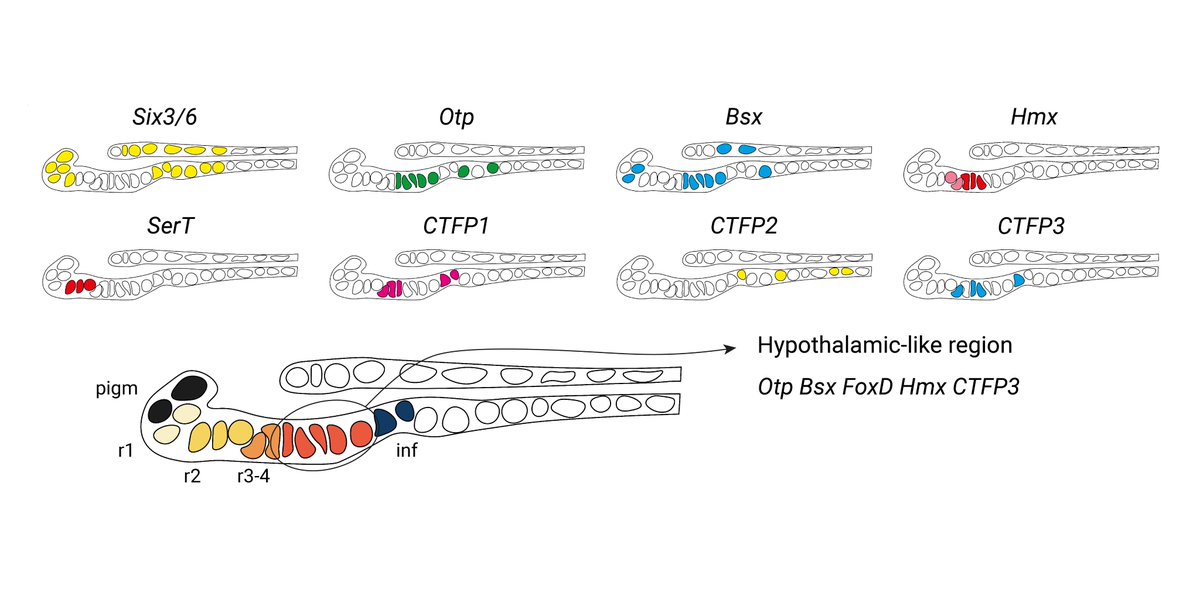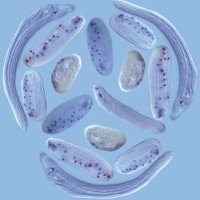
AmphiSpace
@ebglab
The Benito-Gutierrez Lab uses amphioxus as a model system to understand how vertebrates evolved and conquered water, land and air
ID: 1240700472723492865
https://www.amphispace.com 19-03-2020 18:04:18
222 Tweet
245 Followers
132 Following









I want to thank my wonderful (and patient) labmate Daniel Keitley, all the AmphiSpace, Dept of Zoology, CRUK Cambridge Institute and the Cambridge #EvoDevo community for their help and support! If you have any questions/comments, please let us know! 😄


☕️NEW: Ton, Keitley et al. provide a rabbit development atlas and propose that combining rabbit and mouse atlases can help dissect early primate development. Mai-Linh Ton Daniel Keitley MarioniLab Bertie Gottgens AmphiSpace rdcu.be/dfalo nature.com/articles/s4155…





We then optimized in situ HCR (Molecular Instruments) to test the molecular patterning of the crinoid AO. 🧬 We found that serotonergic neurons form in a domain co-expressing Six3/6 and FoxQ2 (from early development) and Lhx2/9 as in other echinoderms, supporting AO conservation
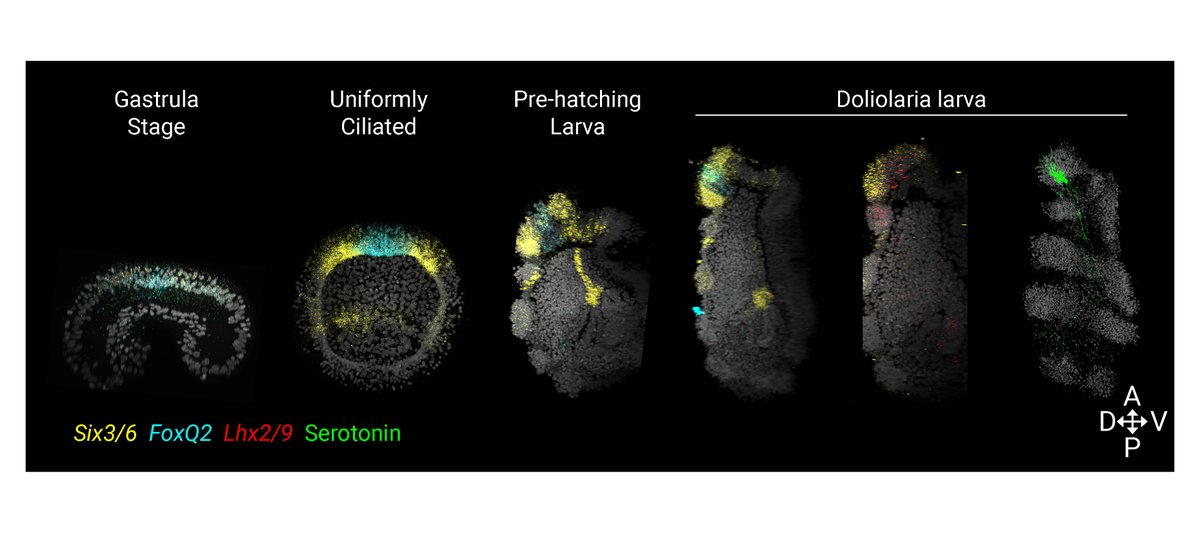


This work has been an amazing collaboration between my PhD Dept of Zoology and Master’s Università degli Studi di Milano labs, and I want to thank Silvia, both supervisors AmphiSpace and Roberta Pennati, Maurice Elphick for all his help and support, all the authors, and all members of both labs! 😄

Excited to see last Giacomo's Giacomo Gattoni work in the bioRxiv! Fun collaboration with Silvia Mercurio at Roberta Pennati's lab. Thank you all for your hard work, and giving the entire world another beautiful model system to work with 👏😀

